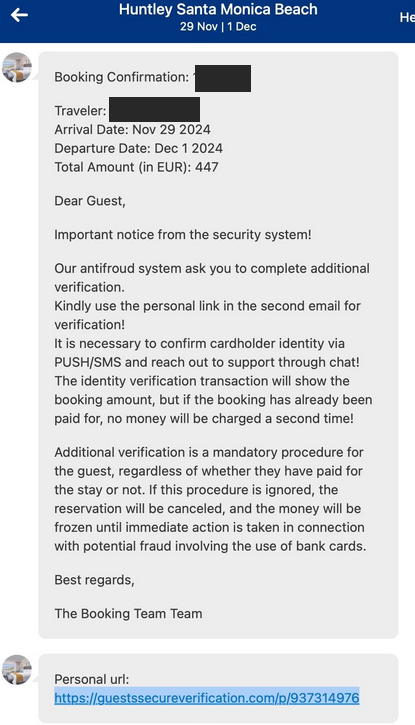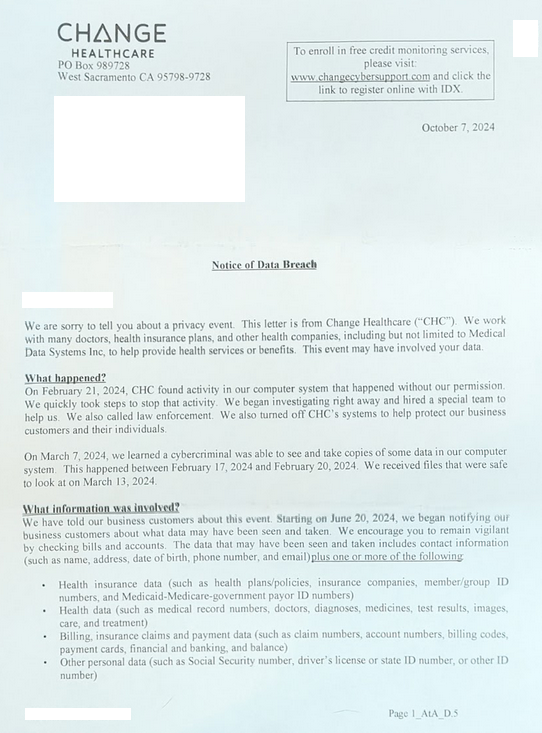BOOK THIS SPACE FOR AD
ARTICLE ADMicrosoft today released updates to plug nearly 120 security holes in Windows and supported software. Six of the vulnerabilities were publicly detailed already, potentially giving attackers a head start in figuring out how to exploit them in unpatched systems. More concerning, Microsoft warns that one of the flaws fixed this month is “wormable,” meaning no human interaction would be required for an attack to spread from one vulnerable Windows box to another.

Nine of the vulnerabilities fixed in this month’s Patch Tuesday received Microsoft’s “critical” rating, meaning malware or miscreants can exploit them to gain remote access to vulnerable Windows systems through no help from the user.
By all accounts, the most severe flaw addressed today is CVE-2022-21907, a critical, remote code execution flaw in the “HTTP Protocol Stack.” Microsoft says the flaw affects Windows 10 and Windows 11, as well as Server 2019 and Server 2022.
“While this is definitely more server-centric, remember that Windows clients can also run http.sys, so all affected versions are affected by this bug,” said Dustin Childs from Trend Micro’s Zero Day Initiative. “Test and deploy this patch quickly.”
Quickly indeed. In May 2021, Microsoft patched a similarly critical and wormable vulnerability in the HTTP Protocol Stack; less than a week later, computer code made to exploit the flaw was posted online.
Microsoft also fixed three more remote code execution flaws in Exchange Server, a technology that hundreds of thousands of organizations worldwide use to manage their email. Exchange flaws are a major target of malicious hackers. Almost a year ago, hundreds of thousands of Exchange servers worldwide were compromised by malware after attackers started mass-exploiting four zero-day flaws in Exchange.
Microsoft says the limiting factor with these three newly found Exchange flaws is that an attacker would need to be tied to the target’s network somehow to exploit them. But Satnam Narang at Tenable notes Microsoft has labeled all three Exchange flaws as “exploitation more likely.”
“One of the flaws, CVE-2022-21846, was disclosed to Microsoft by the National Security Agency,” Narang said. “Despite the rating, Microsoft notes the attack vector is adjacent, meaning exploitation will require more legwork for an attacker, unlike the ProxyLogon and ProxyShell vulnerabilities which were remotely exploitable.”
Security firm Rapid7 points out that roughly a quarter of the security updates this month address vulnerabilities in Microsoft’s Edge browser via Chromium.
“None of these have yet been seen exploited in the wild, though six were publicly disclosed prior to today,” Rapid7’s Greg Wiseman said. “This includes two Remote Code Execution vulnerabilities affecting open source libraries that are bundled with more recent versions of Windows: CVE-2021-22947, which affects the curl library, and CVE-2021-36976 which affects libarchive.”
Wiseman said slightly less scary than the HTTP Protocol Stack vulnerability is CVE-2022-21840, which affects all supported versions of Office, as well as Sharepoint Server.
“Exploitation would require social engineering to entice a victim to open an attachment or visit a malicious website,” he said. “Thankfully the Windows preview pane is not a vector for this attack.”
Other patches include fixes for .NET Framework, Microsoft Dynamics, Windows Hyper-V, Windows Defender, and the Windows Remote Desktop Protocol (RDP). As usual, the SANS Internet Storm Center has a per-patch breakdown by severity and impact.
Standard disclaimer: Before you update Windows, please make sure you have backed up your system and/or important files. It’s not uncommon for a Windows update package to hose one’s system or prevent it from booting properly, and some updates have been known to erase or corrupt files.
So do yourself a favor and backup before installing any patches. Windows 10 even has some built-in tools to help you do that, either on a per-file/folder basis or by making a complete and bootable copy of your hard drive all at once.
And if you wish to ensure Windows has been set to pause updating so you can back up your files and/or system before the operating system decides to reboot and install patches on its own schedule, see this guide.
If you experience glitches or problems installing any of these patches this month, please consider leaving a comment about it below; there’s a decent chance other readers have experienced the same and may chime in here with useful tips.
.png)















 Bengali (Bangladesh) ·
Bengali (Bangladesh) ·  English (United States) ·
English (United States) ·